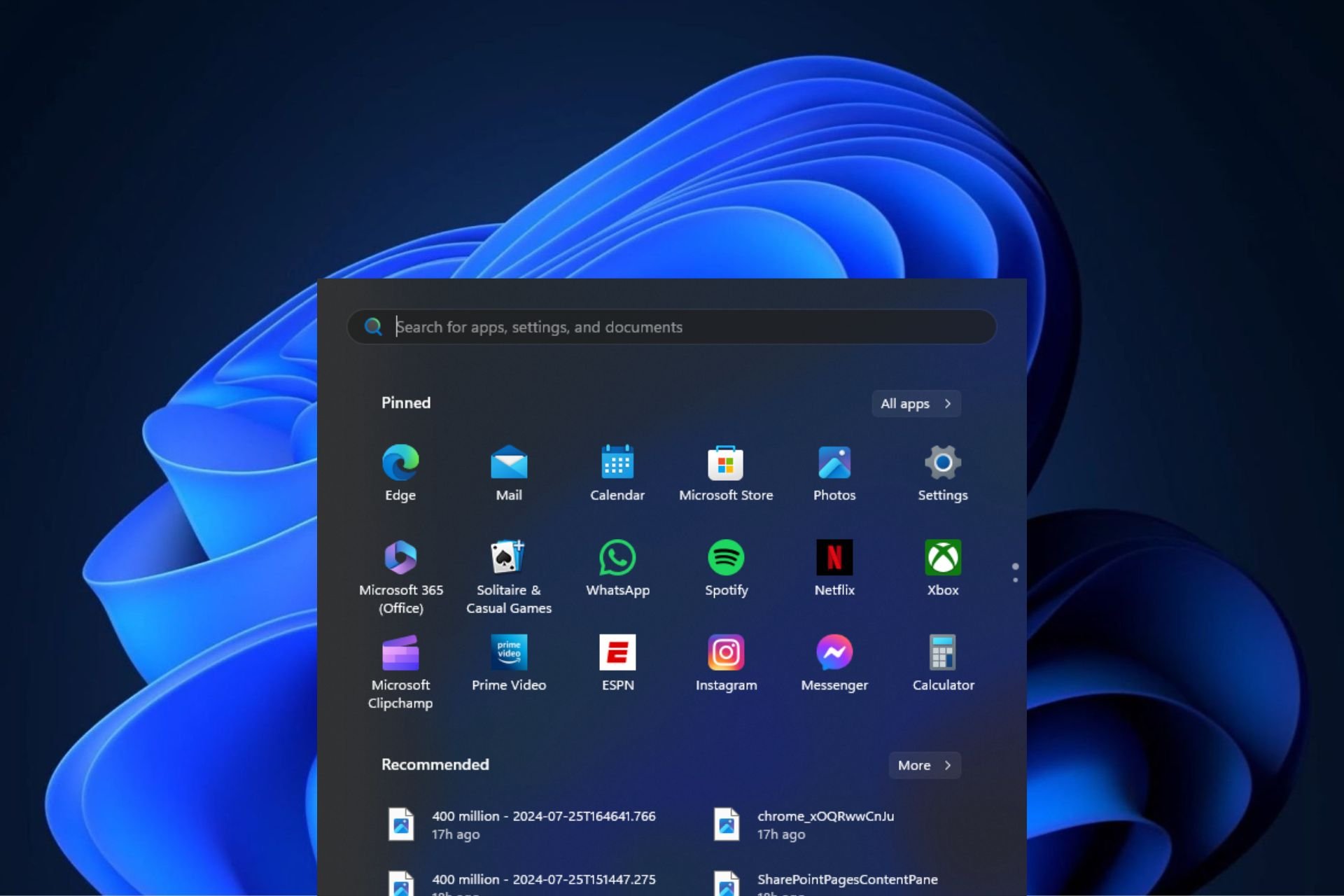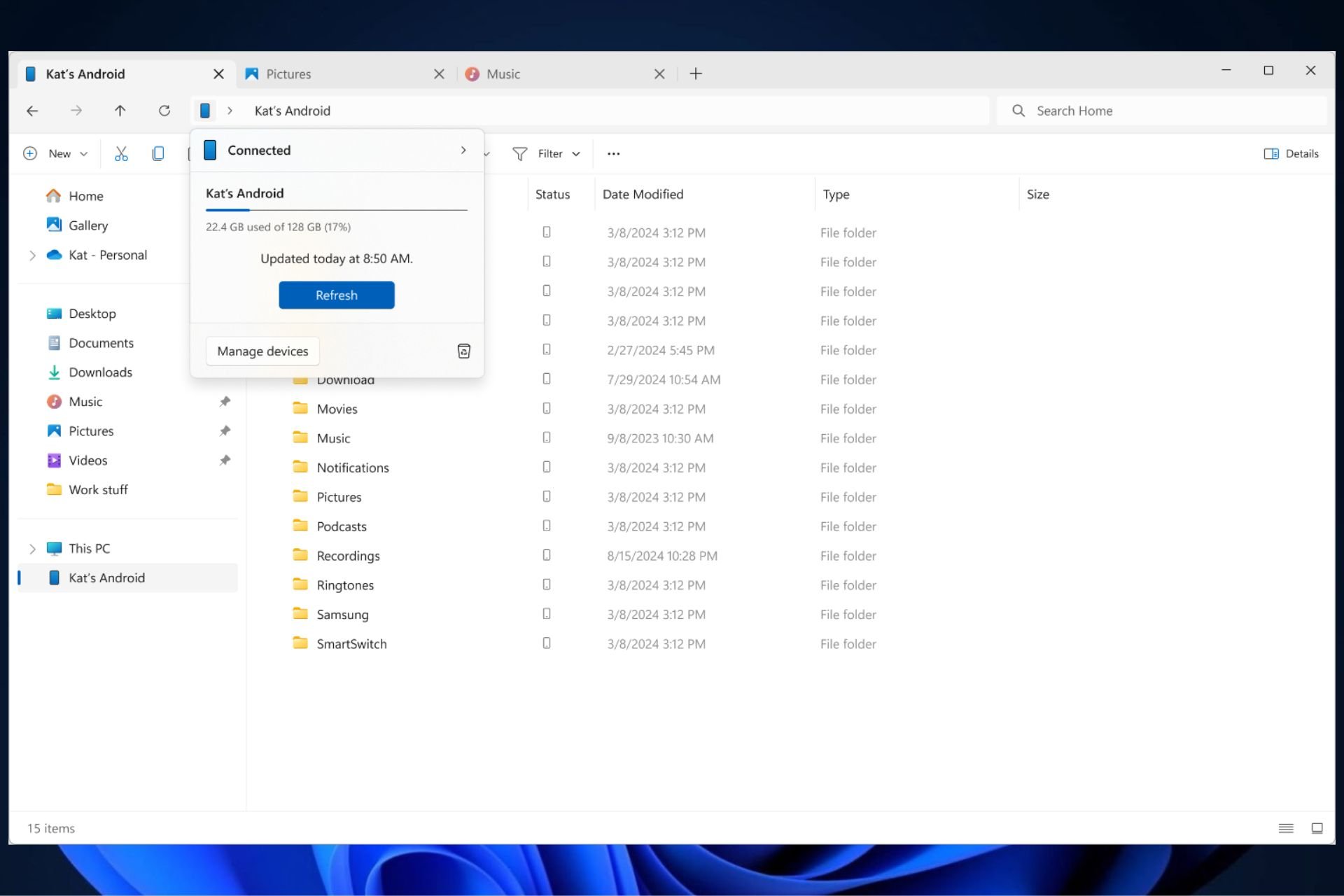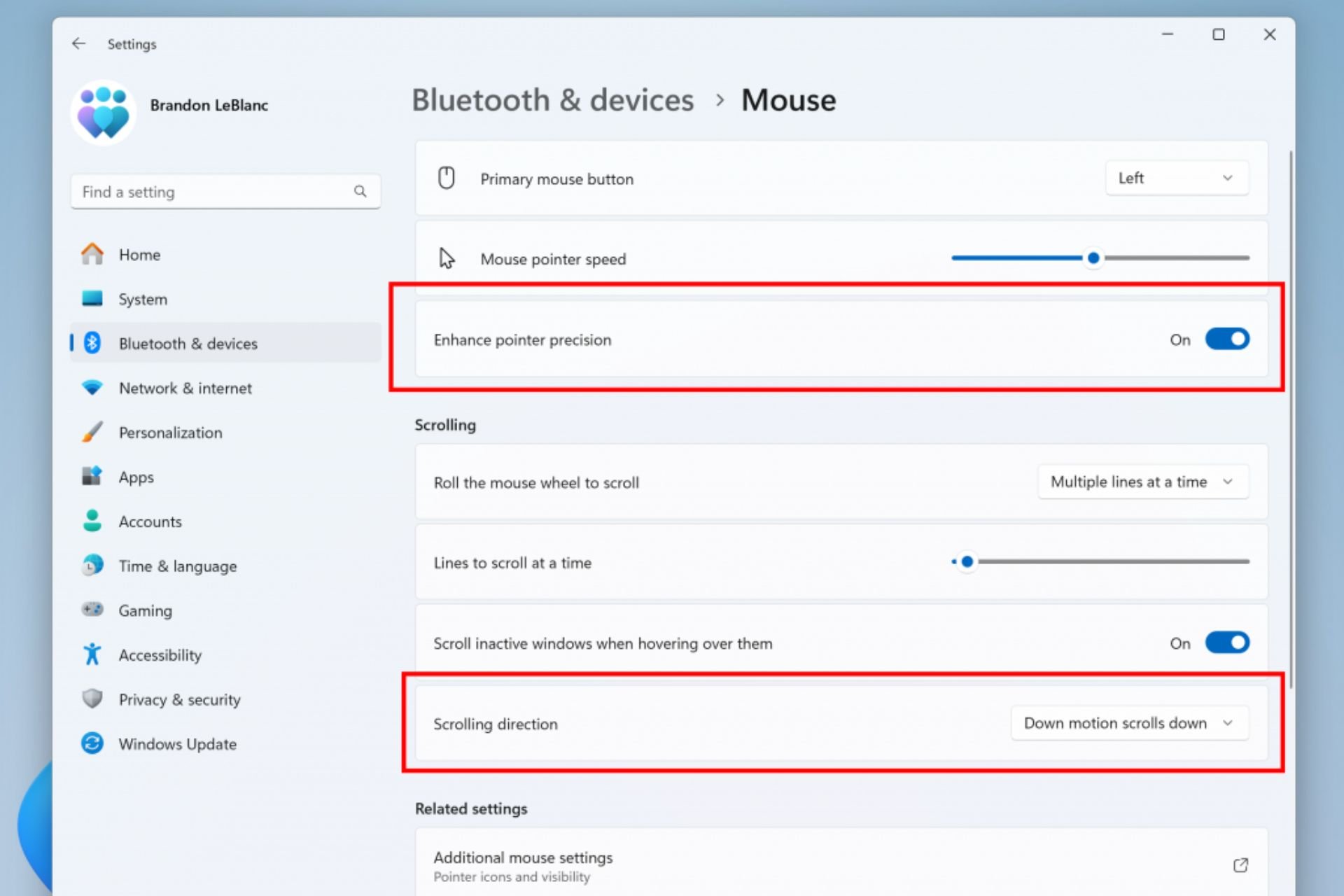Conventional antivirus solutions fail to protect 40% of users
2 min. read
Updated on
Read our disclosure page to find out how can you help Windows Report sustain the editorial team Read more

According to a recent Malwarebytes reports, it looks like traditional antivirus solutions fail to protect users from cyber attacks. After the company performed real-world cleanup scans, results showed that almost 40% of all malware attacks occurred on endpoints that had at least traditional antivirus solutions registered. Furthermore, 39.16% of the attacks on endpoints with a third-party antivirus program installed occurred on an endpoint running one of the four leading traditional antivirus programs.
The ineffectiveness of today’s conventional antivirus solutions
Malwarebytes concluded that these results demonstrate the inefficiency of current antivirus solutions and the tremendous risks users take when they only depend on these antivirus solutions to stay safe. Old antivirus technology is no longer enough to protect users and their systems from sophisticated cyber attacks, so it’s vital that both consumers and business alike understand this before they also become victims of cyber attacks themselves.
More worrying results
- The most commonly detected ransomware compromised systems are Hidden Tear (41.56%) and Cerber (18.26%).
- The most commonly identified Botnets were IRCBot (61.56%) and Kelihos (26.95%).
- The most commonly identified types of Trojans that bypassed conventional antivirus solutions are Fileless (17.76%) and DNSChangermalware (17.51%).
Also, 48.59% of Hidden Tear and 26.78% of Cerber events were found on a compromised endpoint that had at least one of the four leading conventional antivirus brands installed on it.
Real-time heatmap
Malwarebytes produces a real-time heatmap that shows each time it fixes instances of malware on endpoints that have a conventional antivirus solution registered on it. The aim is to show users how widespread this issue is. The heatmap also indicates the number of attacks missed by these leading antivirus programs.
RELATED STORIES TO CHECK OUT:









